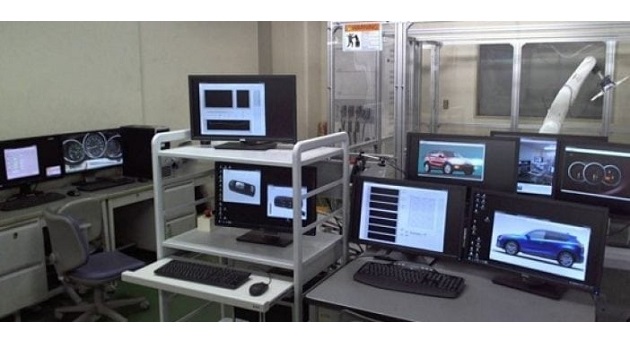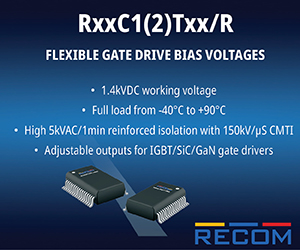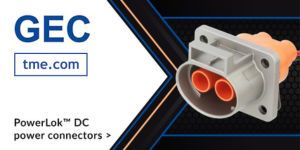The Automotive Industry is undergoing a tremendous amount of change, resulting in a new era of mobility. Three critical technology trends in ADAS, EV, and V2X are bringing with them new test challenges and pressures beyond the here and now. ELE Times’ Soumyarendra Barik caught up with Jeff Philips, Head of Automotive Marketing, National Instruments to discuss about NI’s role in the ever-expanding automotive scene. Excerpts:
ELE Times: Tell us a bit about what NI is currently doing for the automotive industry? How highly do you, as a testing company, rate the automotive industry?
Jeff Philips: The Automotive Industry is undergoing a tremendous amount of change, resulting in a new era of mobility. Three critical technology trends in ADAS, EV, and V2X are bringing with them new test challenges and pressures beyond the here and now. The quickly evolving technology landscape increases the pressure to any test schedule as requirements cease to change. NI ensures that test managers are confident in their ability to overcome the pressure of rapidly changing test requirements, using an open and easily upgradable platform that is designed for test system openness and flexibility.
The Automotive Industry is a priority market for NI, and we are well-positioned to help the

Head of Automotive Marketing,
National Instruments
test departments keep pace with the changes. Semiconductors are part of the electronic revolution, and it’s the same platform that helped revolutionize the testing of semiconductors with PXI and parallel multi-DUT testing that will bring the same advantages to testing automotive components.
ELE Times: One of the biggest news this month has been your successful collaboration with Japanese carmaker Mazda. Tell us a bit about the entire project and why you think it is a landmark collaboration.
Jeff Philips: Mazda automated automotive electronics and infotainment validation tests and they reduced manual operations and result judgment by 90 per cent, which resulted in millions of dollars saved annually. Mazda took a phased approach to complete the fully automated integrated test system, and they have established a center of excellence for this project internally instead of just purchasing turn-key solutions or outsourcing everything to suppliers. In this way, Mazda made their test organization a strategic asset in order to deliver high quality products on time. Because it isn’t feasible to accomplish this level of test automation and interaction in validation by relying on a single vendor, Mazda was able to take advantage of NI’s vibrant ecosystem and Alliance Partners in order to drive success in each test development and deployment stage.
ELE Times: When you decided to collaborate with Mazda, what were some of the biggest challenges that faced you, and how did you devise solutions to tackle them?
Jeff Philips: It is not easy to secure a budget for fully automated validation tests against manual tests since it is hard to visualize ROI at the beginning of the project. NI has extensive customer references and offers opportunities for customers to talk to each other to share best practices at events such as NIDays, NIWeek, and our Test Leadership Forums. As a result, Mazda was able to talk with other customers doing similar applications and justify their investment to fully automate their validation tests throughout those activities. Because every customer has different needs based on their existing product development process and market conditions, NI does not push a single turn-key solution. Instead we offer best practices coming from a wide span of industries regarding automated tests.
ELE Times: Do you think that the role of testing has increased tremendously in today’s automobiles given there is so much more electronics that is used in them?
Jeff Philips: The role of testing hasn’t changed. Simply put, ‘test’ is the process by which automotive companies ensure the quality, safety, and reliability of the automotive systems. This challenge is exponentially growing in difficulty as the vehicle is becoming the decision maker. This adds burden to both the design and test of the car to not just ensure that the car functionally works well, but that the software running the car makes the appropriate decisions given a set of inputs.
The tests are becoming probabilistic, as opposed to deterministic. The ‘correct’ answer is no longer straightforward. All manner of inputs, assumptions, sensor redundancy, and software algorithms go into determining what is probably the right answer, as opposed to what is definitely the right answer. We dove quite a bit into this topic in a recent panel at our NIWeek users’ conference. I believe one of the relevant quotes is that the panel called the recent Uber accident in Arizona a failure of the test environment itself, a key indicator to the criticality of test in ensure quality, safety, and efficiency of our vehicles.
ELE Times: Are you in talks with some other automakers and can we get to know about similar collaborations between you and an automaker in the future?
Jeff Philips: Absolutely. We’re working with nearly every major Automotive Manufacturer and Tier 1 Supplier, and we’ve published public examples where we’ve been able to. It’s a delicate balance for these companies to maintain awareness as a market leader while not divulging the source of their differentiation is such a highly-competitive market.








